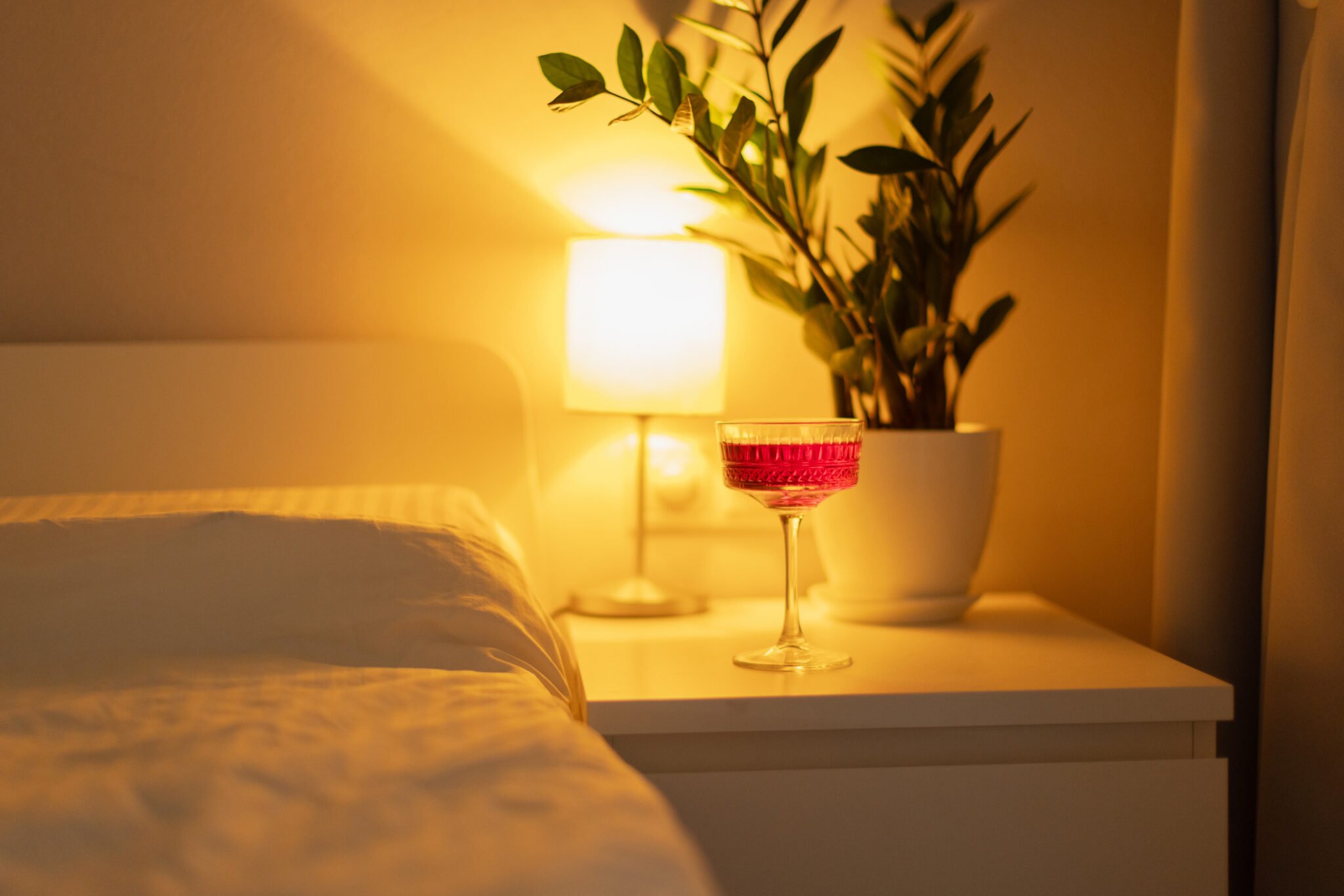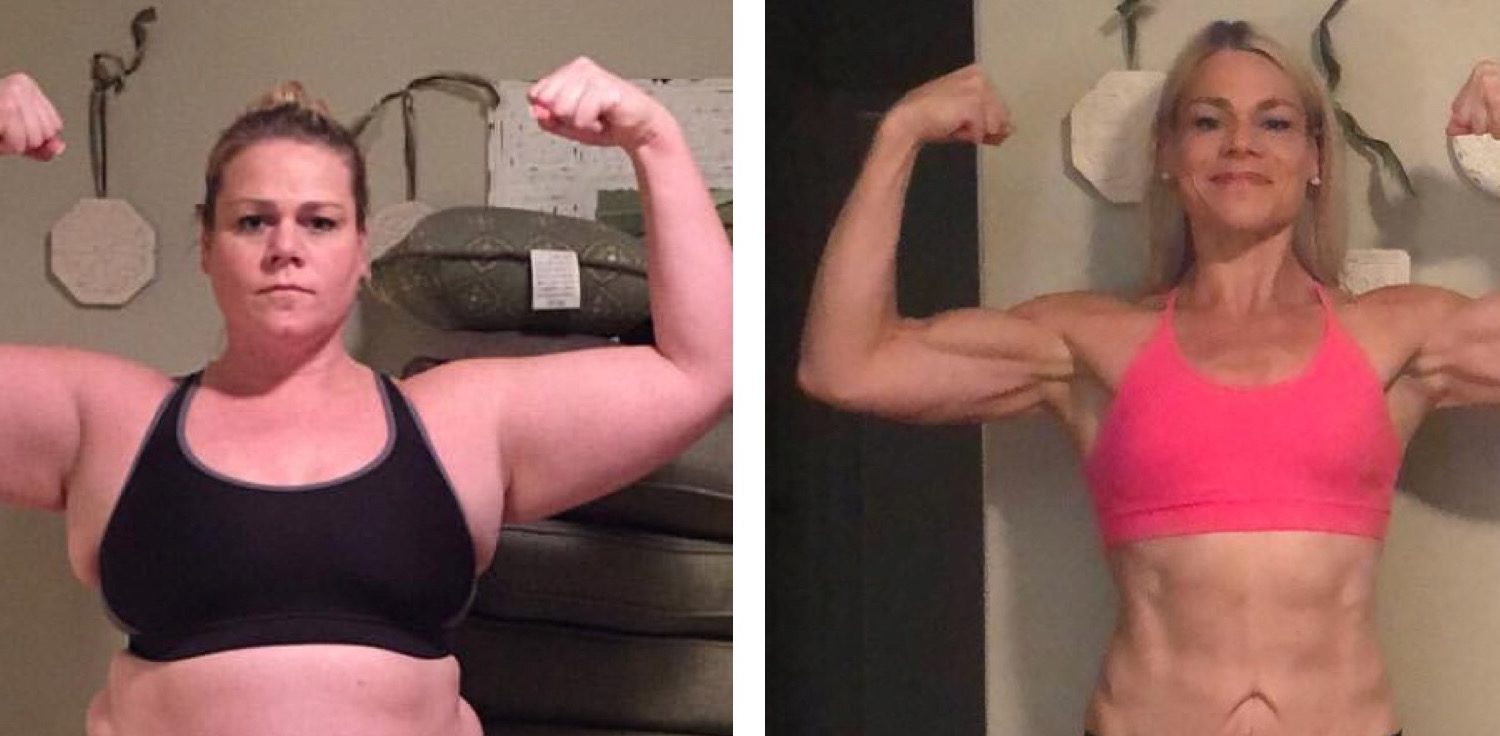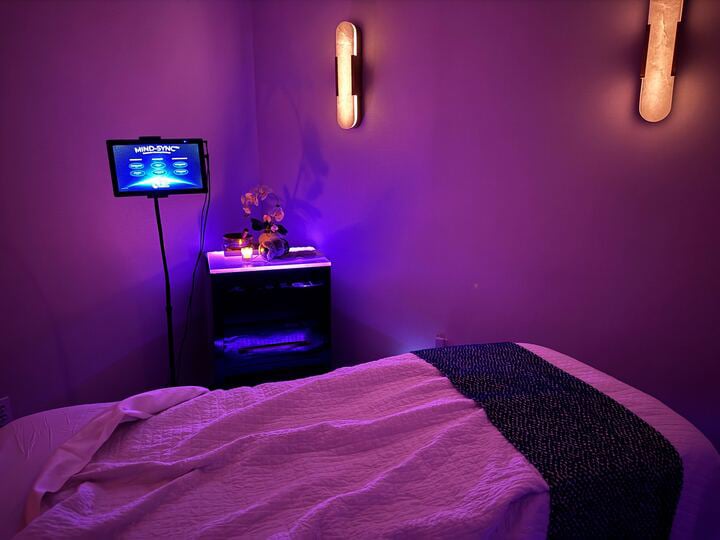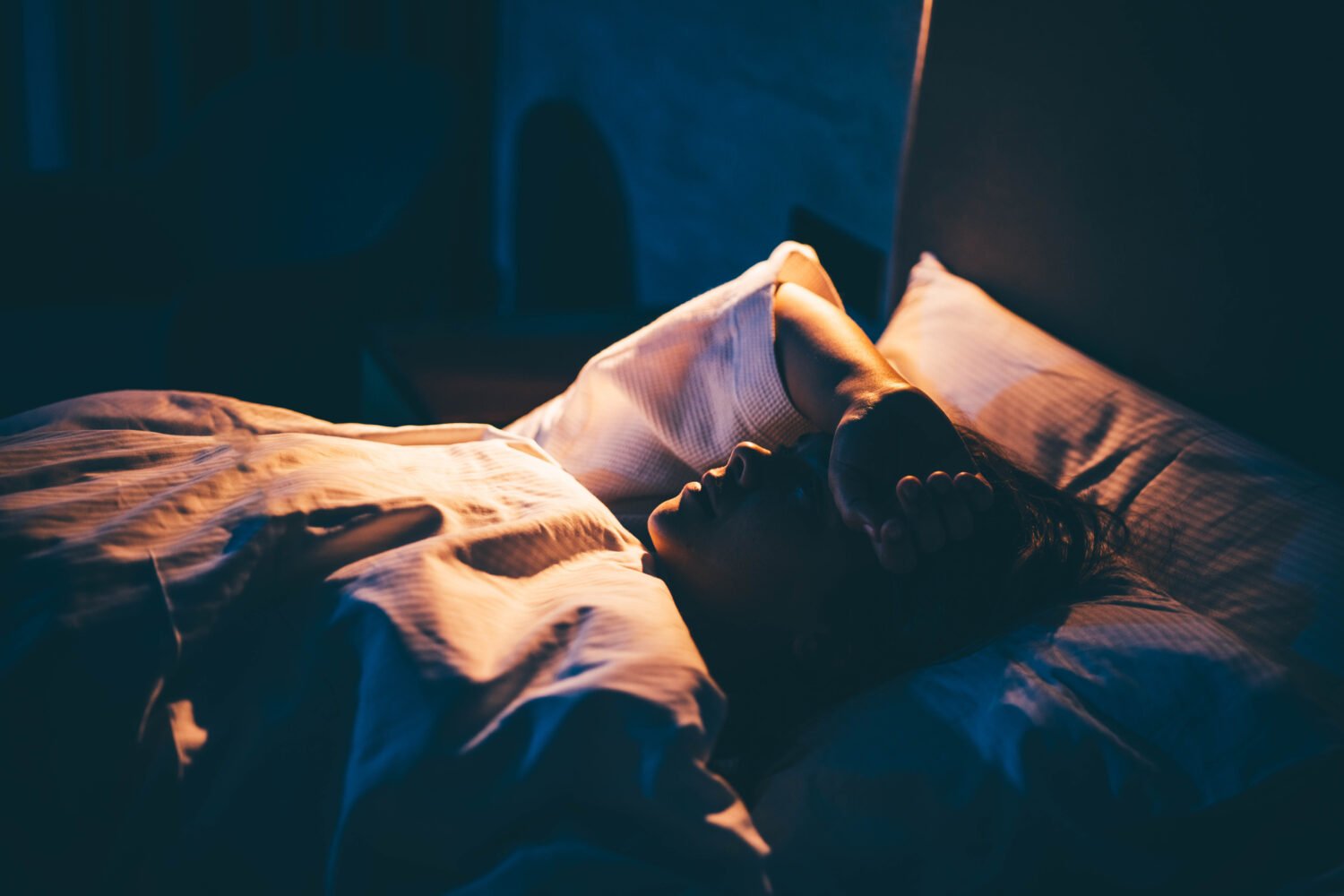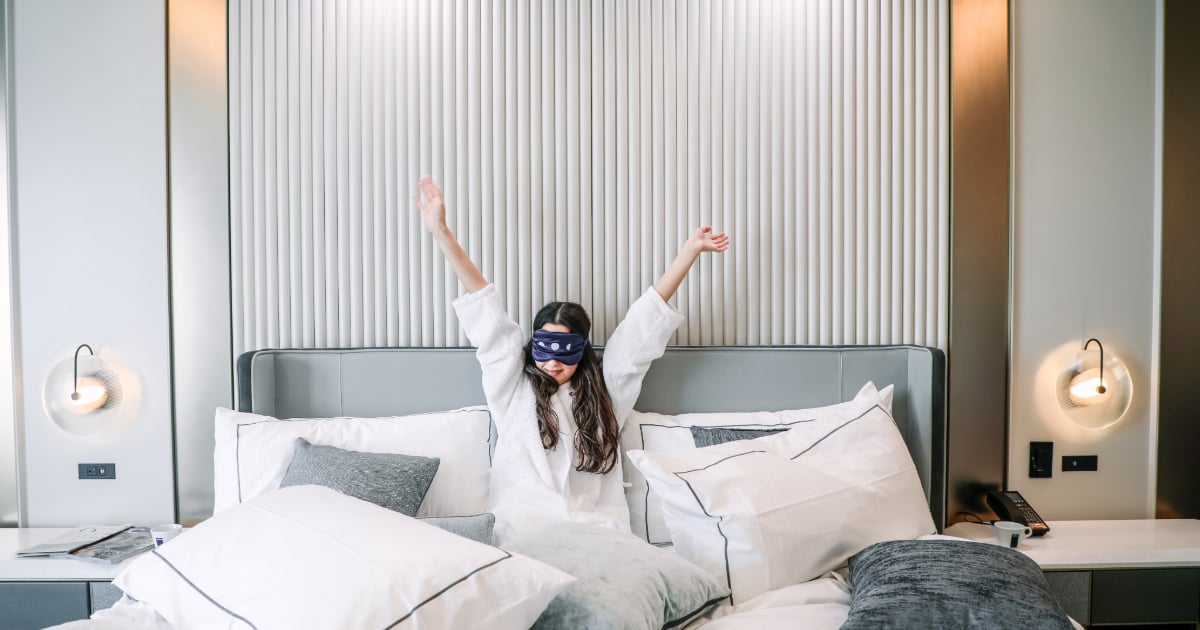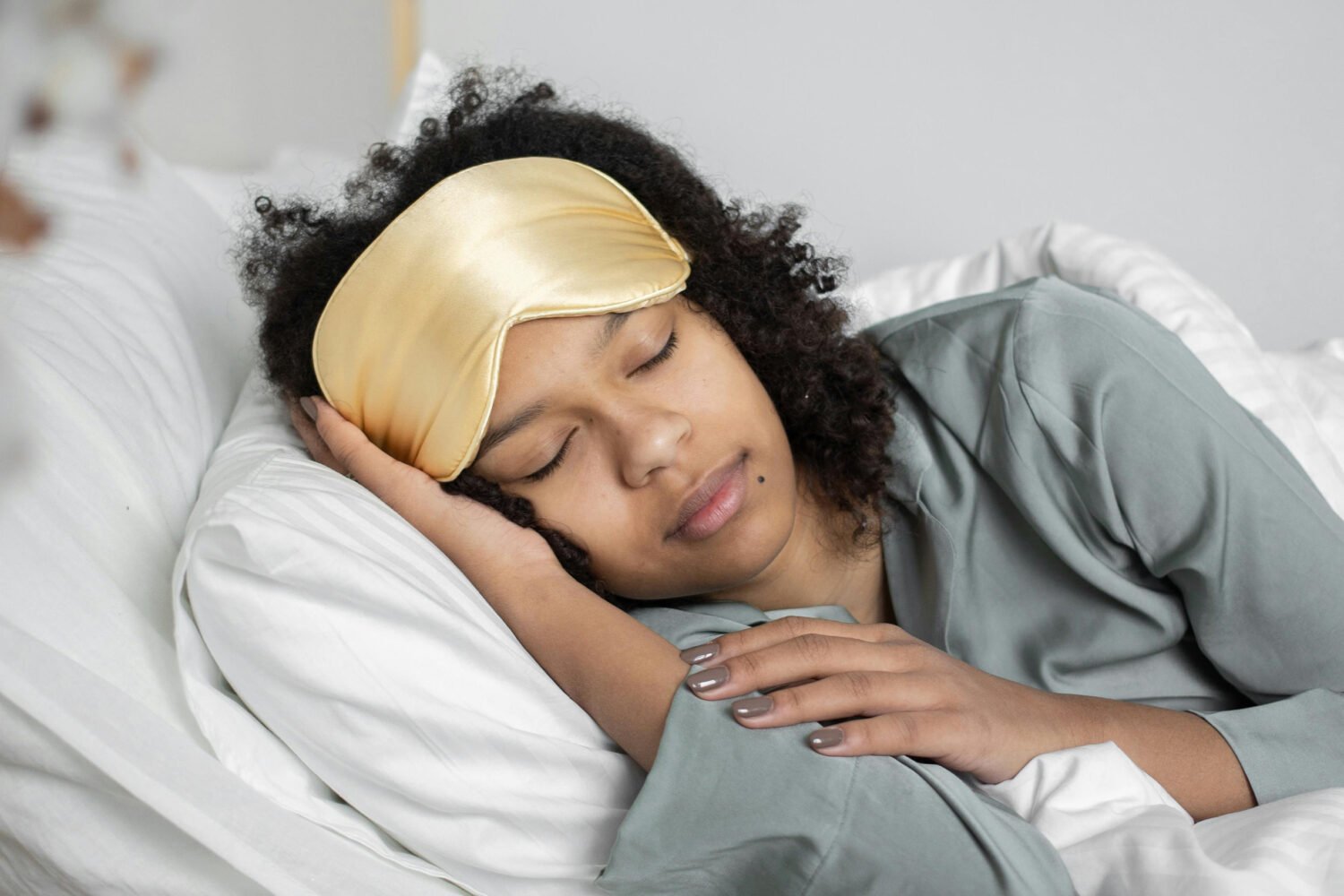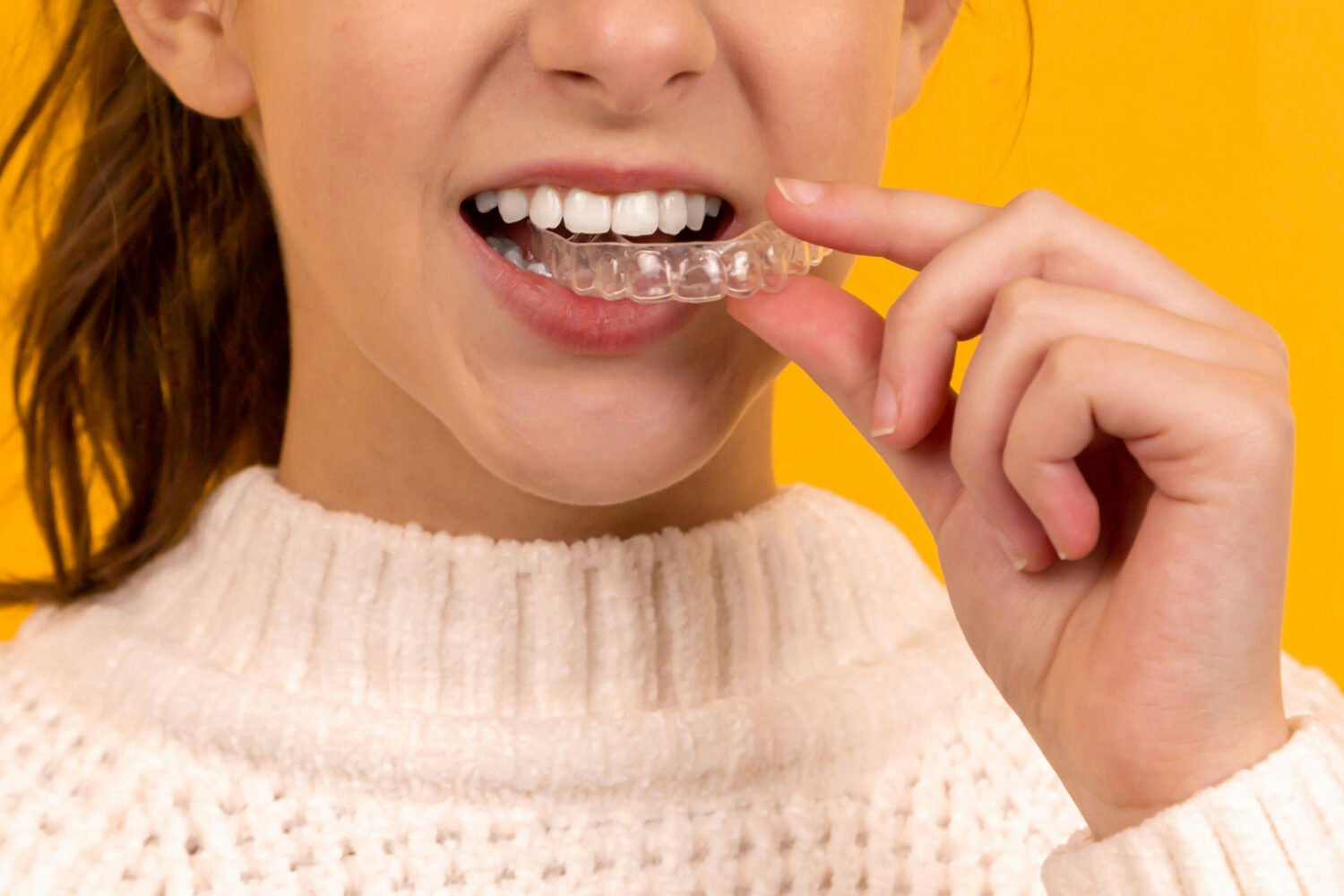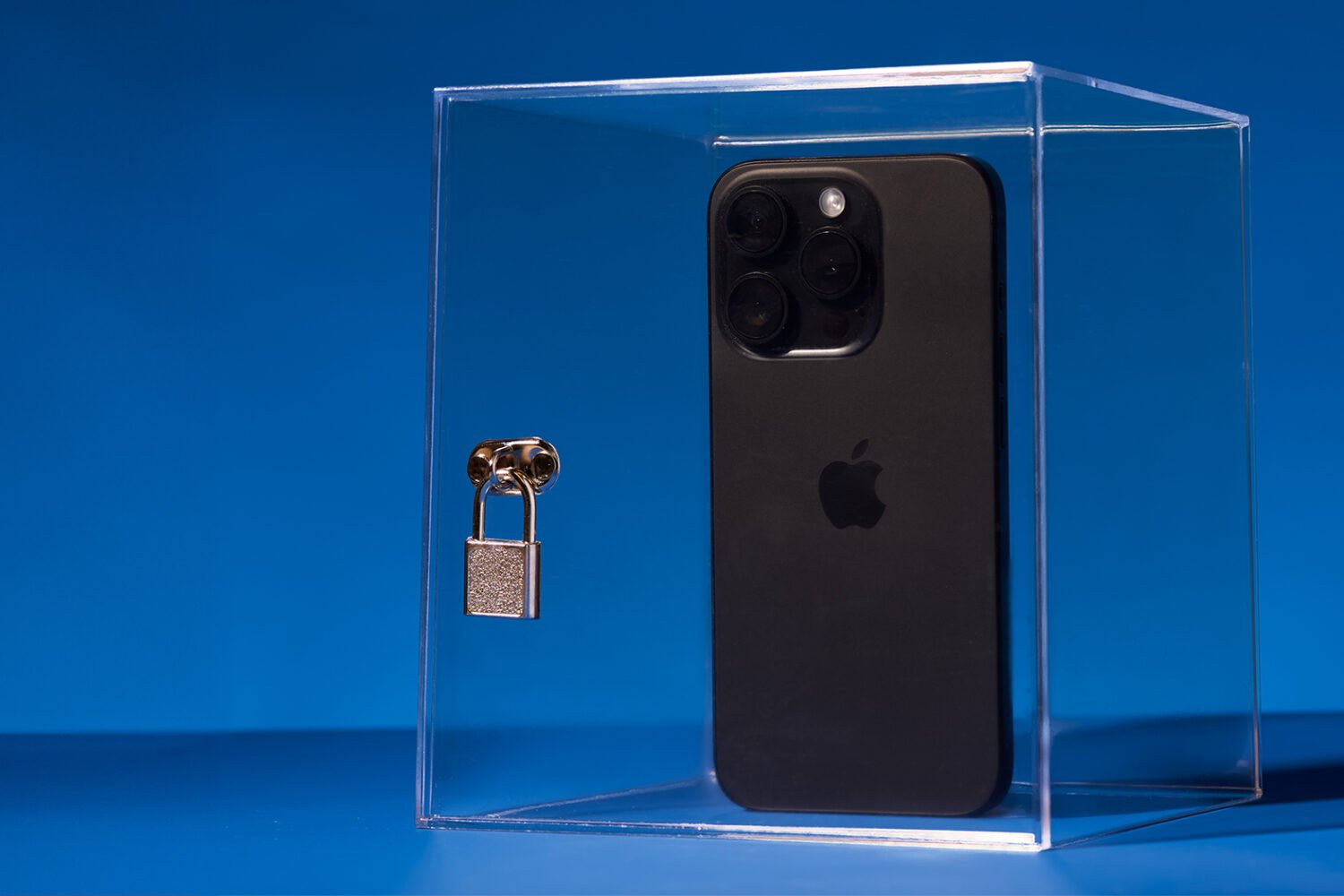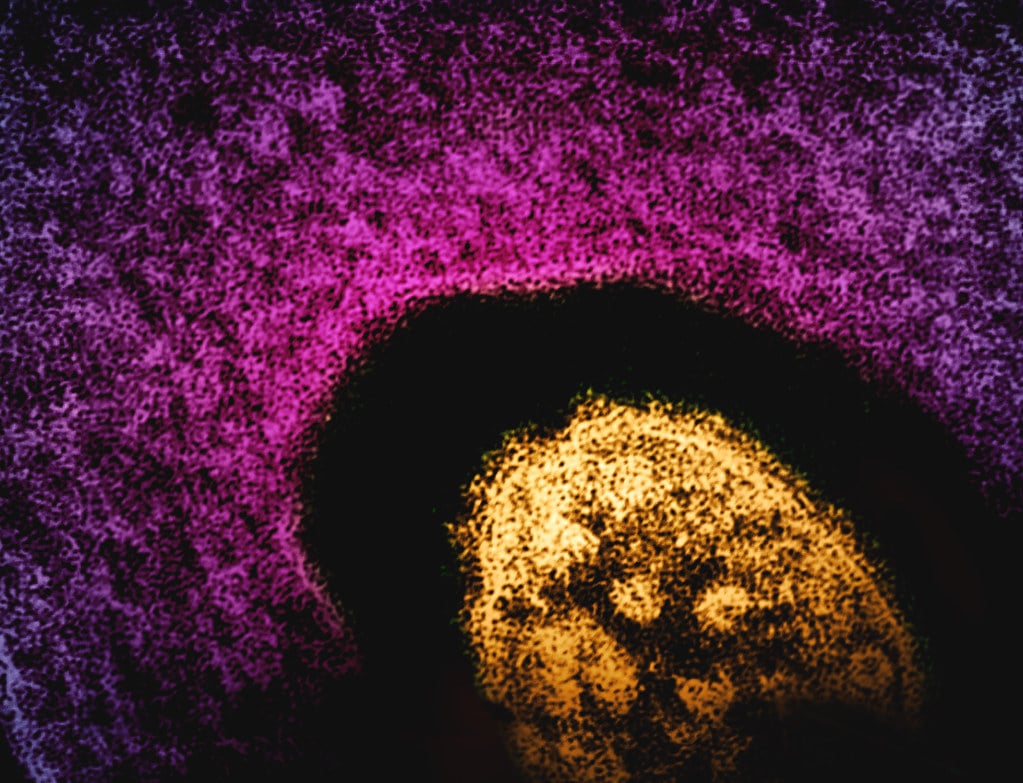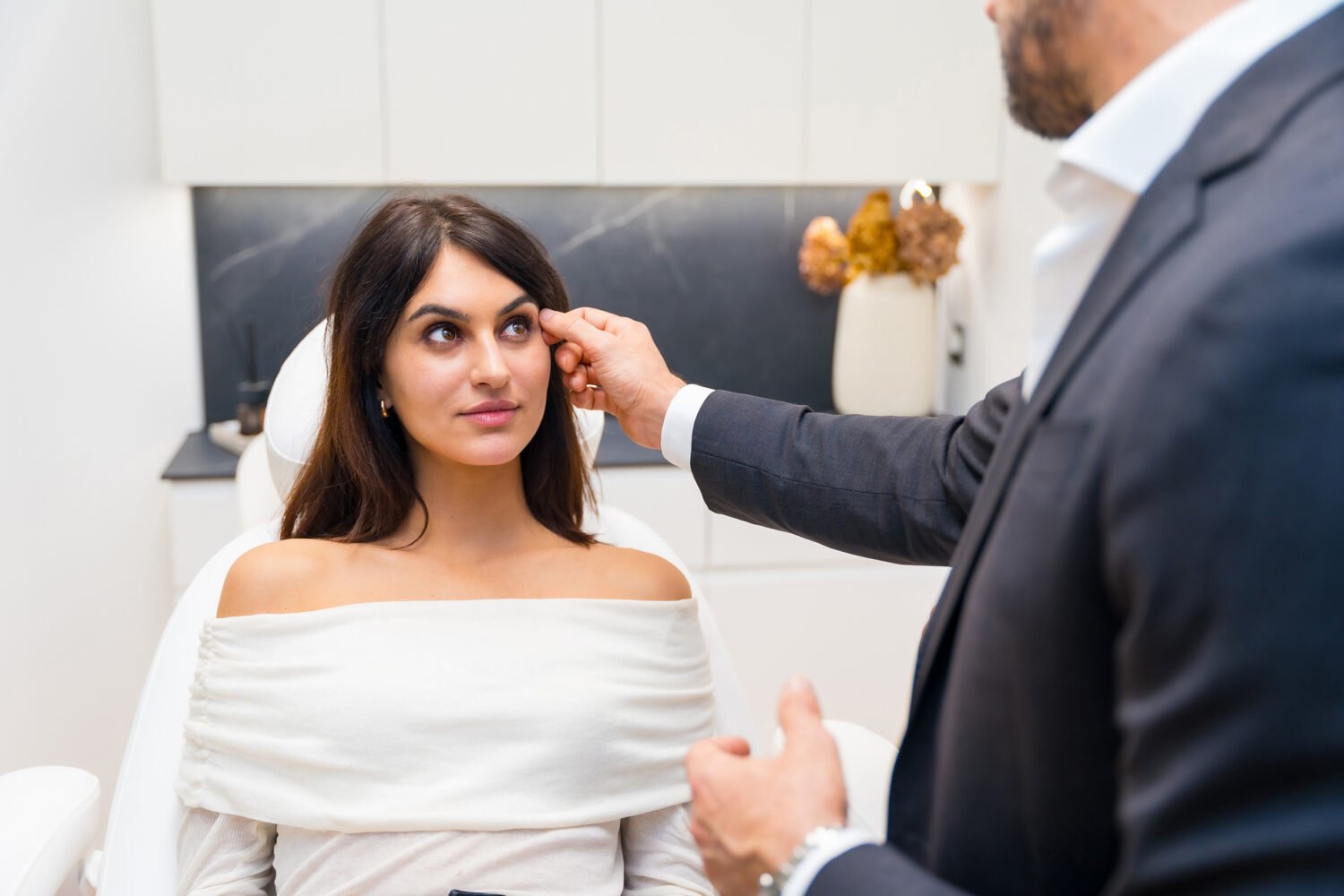We asked Keisha Sullivan, a sleep-medicine physician with Kaiser Permanente in Largo, if three trending sleep techniques work–or should be put to bed.
Mouth Tape

This is exactly what it sounds like: You place a strip of tape over your mouth, forcing yourself to breathe through your nose. Mouth breathing narrows the upper airways, so the idea is that redirecting how you breathe will reduce snoring or waking up during the night.
Does it work? Depends. For those with snoring or mild sleep apnea, it can be successful, says Sullivan. But for those with significant apnea? Sorry, but a piece of tape can’t replace medical treatment.
Sleepy “Mocktail”
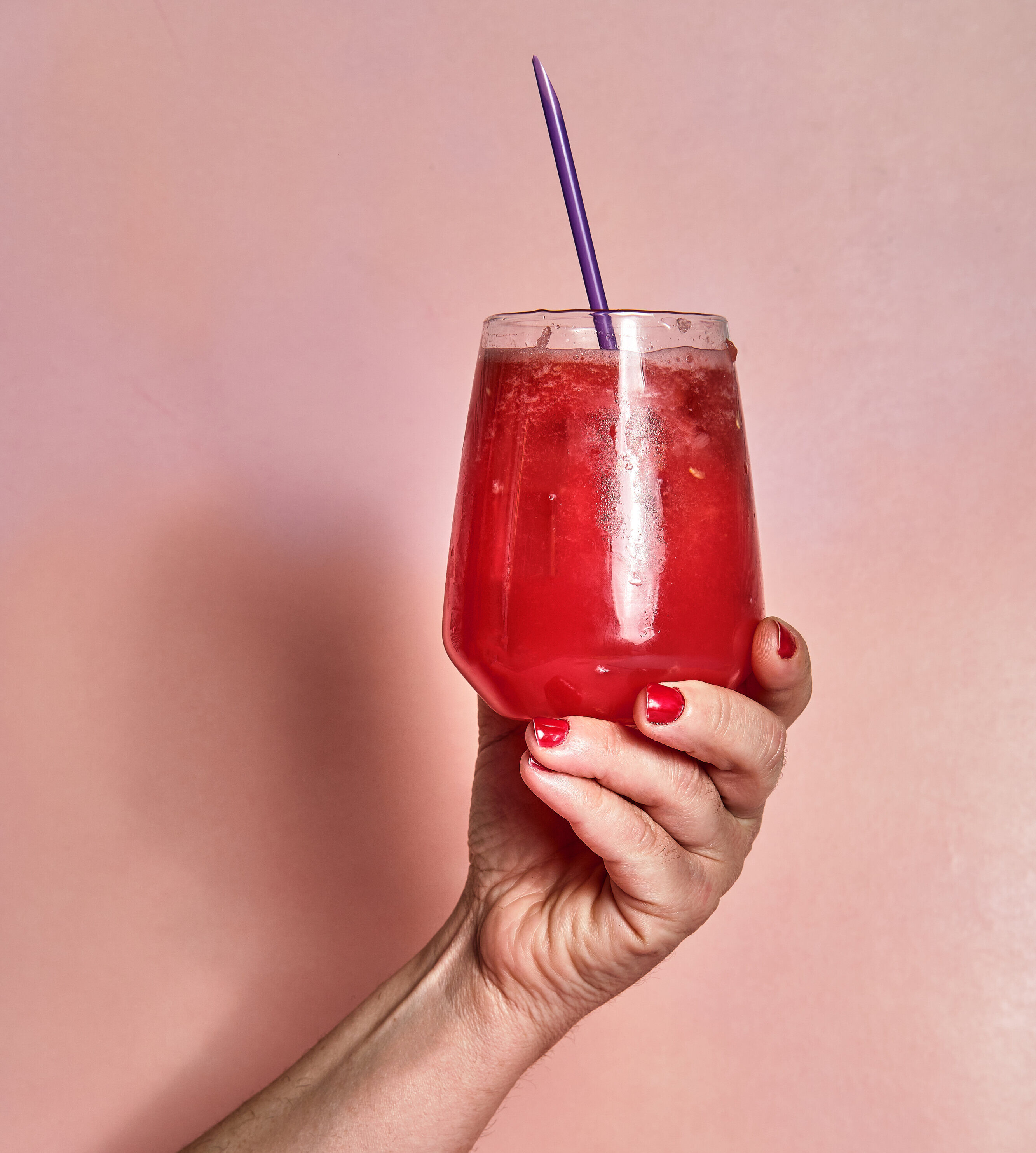
SleepTok is full of videos praising this bedtime concoction. The drink mixes prebiotic sodas with tart-cherry juice, which contains melatonin, and magnesium powder, a supplement that promotes muscle relaxation.
Does it work? “There is no science backing it up. I say if it’s not harmful, it’s okay to try,” says Sullivan. However, she recommends talking with your doctor before taking magnesium, which can impact other medical conditions, or drinking prebiotic sodas, which can agitate GI problems.
Brown Noise
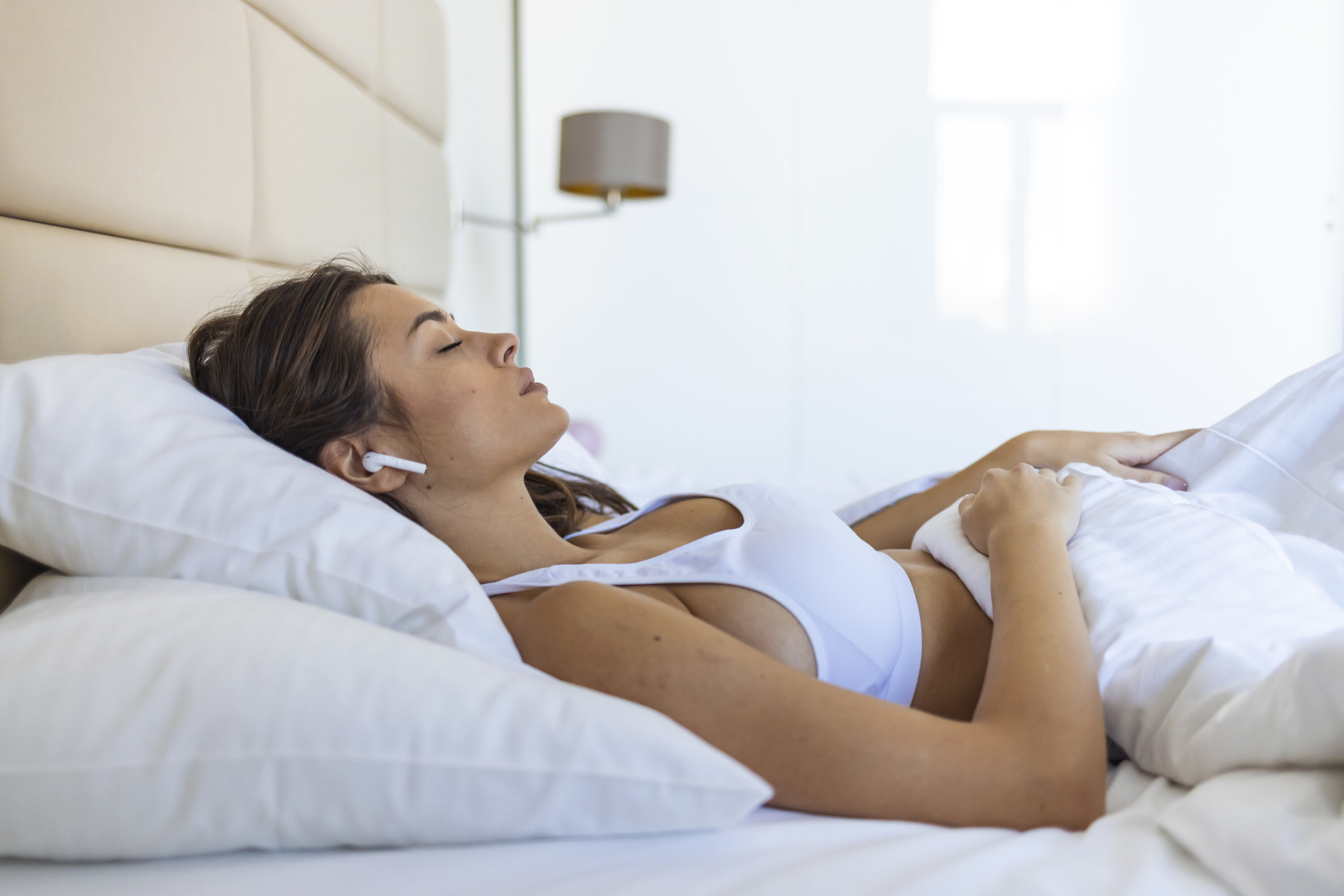
You’re probably familiar with white noise–“brown noise” is less harsh and has more low frequencies. The ambient sound is constant and consistent, making it a popular choice for focus and, yes, sleep.
Does it work? In general, noise with a consistent pattern–brown noise, white noise, or even just a fan–is useful for calming down thoughts, which helps people drift off. “For patients who are especially anxious, any type of noise will help distract you from thinking of other things while you’re trying to sleep,” says Sullivan.
This article appears in the December 2024 issue of Washingtonian.

